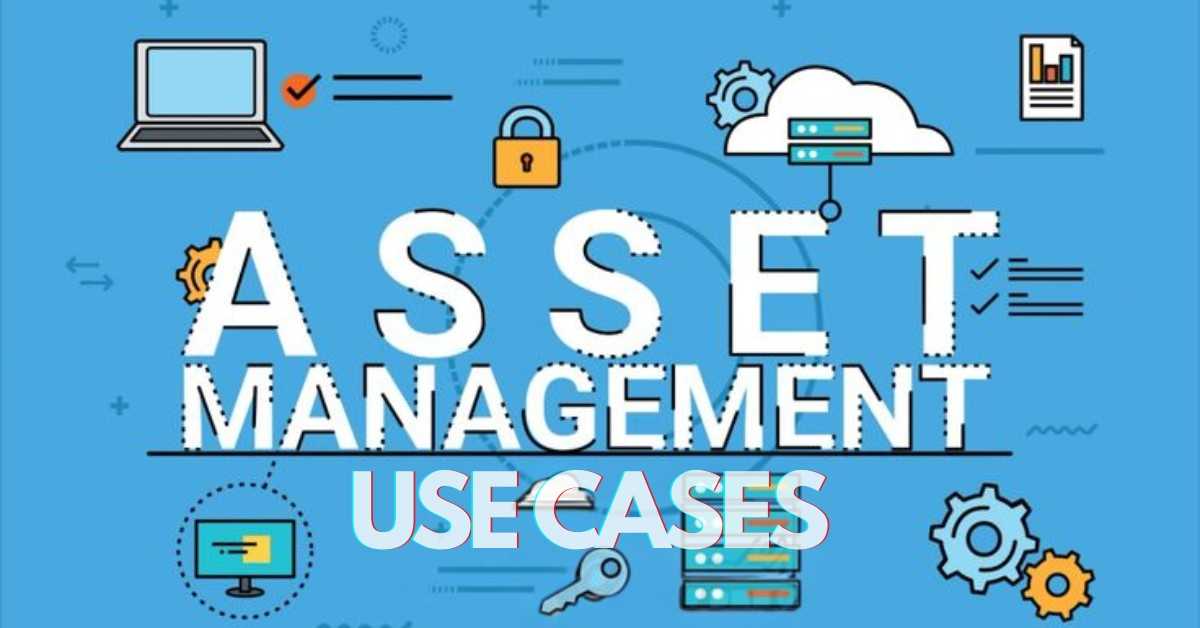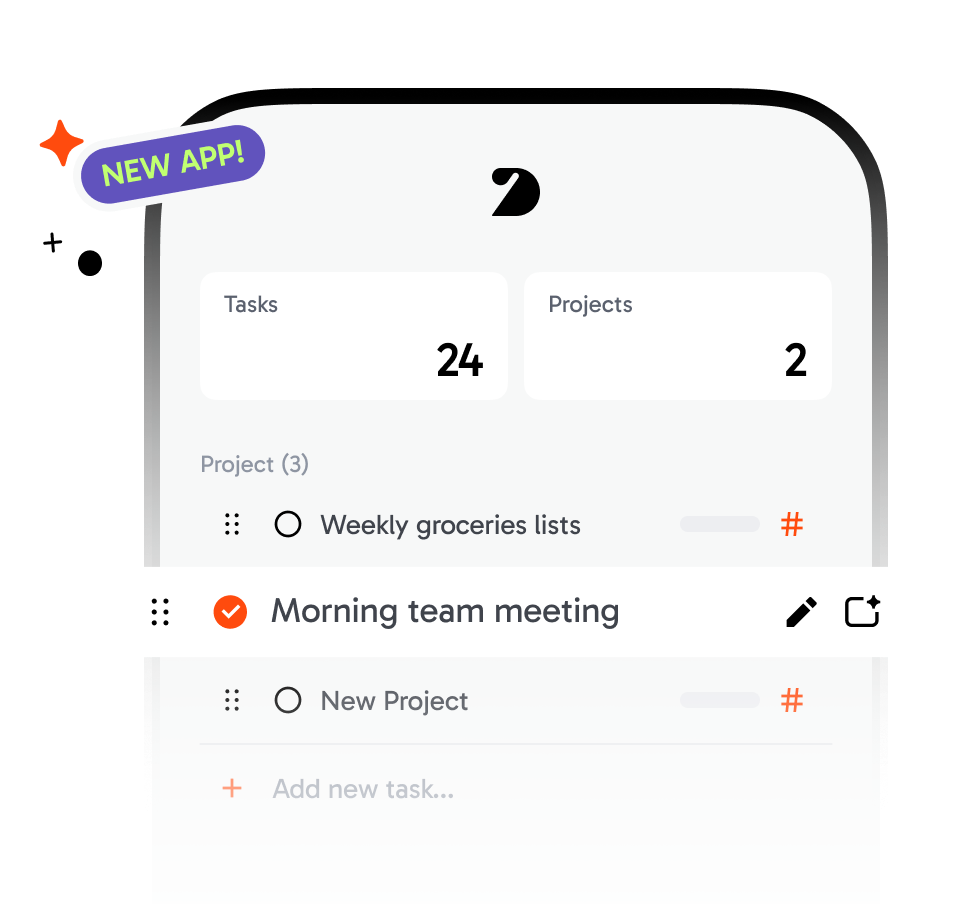Top Asset Management Use Cases: How Opmaint Transforms Operations and Reduces Downtime

Be it manufacturing, logistics, facility management, healthcare, construction, utilities, or IT, businesses across industries are facing one common challenge today: assets fail, assets get lost, and assets become more expensive to maintain as operations grow. What most businesses aren't getting right is that these problems happen not because the assets are old or overused; they happen because the assets are not tracked, maintained, or optimized in the right way.
That is why the term 'Asset Management Use Cases' has become one of the most searched topics globally. Organizations want pragmatic and real examples of exactly how asset management software solves day-to-day operational issues. And this is just where Opmaint stands out. Opmaint is built for companies looking to eliminate downtime, automate maintenance, gain real-time visibility, and run operations with accuracy.
In this blog, we explain actionable, high-value Asset Management use cases and how Opmaint helps businesses in different GEO markets drive efficiency, reduce operational costs, and scale confidently.
Importance of Asset Management Systems to Modern Businesses
Businesses in India, the UAE, the USA, and several European regions, among many others, are under increasing pressure to maintain compliance, reduce waste from operations, and ensure asset reliability. Spreadsheets, manual logging, and verbal communication create gaps that result in losses: assets get misplaced, repairs are delayed, spare parts go missing, and there is no workflow for the technicians to follow.
This makes asset management essential rather than optional. Companies need a system that captures asset data, automates maintenance, increases accountability, and delivers clarity across every team and location. Strong asset management will let leaders make better decisions, reduce the frequency of breakdowns, and ensure that all assets give value to the maximum throughout their lifecycle.
This is exactly what Opmaint is built for, and it works like this-as can be shown by these real-world Asset Management Use Cases.

Top Asset Management Use Cases with Opmaint
Below are the most commonly required Asset Management Use Cases, described in a practical, business-focused manner for companies wanting better control of their operations.
1. Real-Time Asset Tracking Across Locations
The most important Asset Management Use Cases is location tracking. In many companies, equipment moves between sites without proper documentation. Consequently, assets go missing, get duplicated, or remain idle without being used.
Opmaint uses QR code, barcode, GPS, and NFC for real-time tracking. A business can instantly see where an asset is, who has it, and when it was last used, thus averting misplacement and loss. For multi-location teams, the biggest advantage lies in the fact that they can view site-level data, movement history, and utilization patterns all on a single dashboard.
This visibility is extremely useful for GEO-distributed businesses operating across states or countries.
2. Preventive and Predictive Maintenance
Downtime is expensive. A single machine failure can hold up production, upset schedules, and raise repair bills. This makes preventive and predictive maintenance one of the most valuable Asset Management Use Cases for any operational environment.
Opmaint then automates the maintenance schedules, tracks service history, and sends out notices to teams well in advance of any impending failure. Predictive maintenance applies historical data, usage patterns, and equipment conditions to forecast impending failures with a high degree of accuracy. All this means that the asset remains reliable, less prone to unscheduled breakdowns, and lasts longer. The maintenance teams end up being more productive since they know exactly what needs their attention, when, and why.

3. Complete Asset Lifecycle Management
Tracking the asset lifecycle is another essential Asset Management Use Case. Assets progress through a lifecycle-procure, install, use, maintain, depreciate, and retire. Without a system, firms misplace their assets' age, repair frequency, and total cost of ownership.
Opmaint tracks everything in an asset's life, from purchase to disposal. The leaders may identify the cost of the asset, how frequently it fails, when an asset should be replaced, and if the asset is profitable. This also saves the company from unnecessary repairs, optimizing the budget and making better investments.
4. Automated Work Order Management
Many organizations have fumbled over manual work order processes. Jobs get delayed, technicians miss instructions, and managers lose their view into ongoing jobs. Productivity and compliance suffer consequently.
Work order automation is one of the most compelling Asset Management Use Cases for any company that depends on maintenance teams. Opmaint allows managers to assign tasks instantly, attach documentation, track the work of technicians, and maintain a complete record of every maintenance activity. This reduces confusion, increases accountability, and ensures assets are serviced on time.
5. Spare Parts and Inventory Control
Inventory problems can result in delays either because the critical spares are unavailable or cannot be found. Overstocking also loses money. Hence, spare parts management is a key use case for Asset Management for maintenance-led operations.
Opmaint provides real-time visibility into stock levels, consumption history, reorder points, parts movement, and vendor data. The teams know exactly what is available, where it is, and when to reorder. There are no operational delays due to missing components.
6. Compliance, Audit, and Safety Management
Industries with regulatory requirements are required to have clear documentation of asset condition, calibration, safety checks, and certifications. Many companies fail audits not due to poor processes, but because of missing records.
One of the most important asset management use cases today is compliance management. Opmaint stores documents, schedules compliance tasks, alerts teams before expiry dates, and maintains audit trails to ensure that operations continue uninterrupted and businesses are protected against penalties.
7. Depreciation and Financial Tracking
Accurate valuation of assets by finance teams is important to account for, file taxes, ensure insurance compliance, and plan expenses. Manual tracking is very slow and inaccurate.
Depreciation represents another important Asset Management Use Cases for the reason that it affects financial reporting. Opmaint automates depreciation calculations, tracks book value, and maintains financial records for every asset. This gives the finance teams clarity and saves significant time in audits.
8. Mobile Field Service Operations
Technicians, in order to perform work in different sites, need information on asset data, work orders, instructions, and checklists in a hurry.
Mobile field service management is considered one of the most practical asset management use cases for businesses operating outside a single facility. Opmaint's mobile app allows the technician to scan the assets, update the status of the job, submit photos, track time, and follow standard procedures. Real-time updates are provided to the management teams, freeing them from manual follow-up.
9. Multi-Location Asset Visibility
For GEO-based companies running multiple branches, visibility of assets at each location is necessary.
Opmaint centralizes all asset data and shows:
Which site is performing well?
Where breakdowns occur frequently
Distribution of assets
Location-wise maintenance cost
Resource allocation patterns
This makes multi-location visibility a major Asset Management Use Cases for expanding businesses.
10. Vendor, Warranty, and AMC Management
Companies miss AMC renewals, warranty claims, or vendor service deadlines. Needless repair costs and resultant downtime are the direct result of this scenario.
The other essential Asset Management Use Cases are Vendor Management. Opmaint tracks contracts of services, renewal dates, warranty coverage, and performance of the vendors. It helps the business recover repair costs, improve service quality, and vendor accountability.
11. Fleet and Vehicle Asset Management
Every logistics or transportation company requires continuous monitoring regarding vehicles, routes, fuel consumption, and servicing. Opmaint centralizes all information to assist businesses in minimizing operational waste and enhancing the performance of their fleets.
This is an important Asset Management Use Cases for vehicle-based operations.
12. Facility and Building Asset Management
Facility managers depend on Opmaint to track HVAC systems, electrical equipment, plumbing infrastructure, fire safety devices, and daily inspections. Facility management is a growing Asset Management Use Cases as buildings become more automated and energy conscious.
13. IoT Monitoring and Condition-Based Insights
IoT sensors help in collecting real-time machine data on temperature, vibration, and energy usage. Opmaint integrates this data to provide accurate condition monitoring and failure prediction. IoT integration during digital transformation in industries makes this a high-value Asset Management Use Case.
14. Asset Performance Analytics
Tracking alone is not what companies want-they want insights. Opmaint provides dashboards for utilization, downtime, repair cost patterns, technician performance, and asset ROI. These provide leaders with data to base operational decisions on.
The key analytical component is this advanced Asset Management Use Case that helps businesses improve efficiency with measurable results.
15. AI-Driven Optimization and Recommendations
Predictive intelligence is the future of asset management. Opmaint analyzes asset performance using AI to give recommendations on cost-saving decisions that include repair or replace, scheduling optimization, probability of failure, and workload balancing.
View this as the next generation of Asset Management Use Cases for companies looking to automate decision-making and improve long-term asset health.
Why Businesses Choose OPMaint
Companies choose Opmaint because it simplifies asset tracking, maintenance, and operational workflows without adding to the complexity. The platform is designed to scale, support multi-location environments, and deliver clean, actionable insights. It is mobile-friendly, easy to adopt, and built to reduce downtime and prevent expensive failures. Opmaint puts everything in one place: asset visibility, work order management, compliance, inventory tracking, financial data, and analytics. This helps businesses operate with confidence, transparency, and consistent performance. Conclusion The demand for asset management is growing rapidly in all GEO markets. Companies want operational clarity and predictable performance from their equipment. These Asset Management Use Cases demonstrate how Opmaint enables a business to streamline maintenance, minimize downtime, control costs, and have complete visibility from anywhere. Whether your organization manages machines, tools, vehicles, facilities, or large-scale infrastructure, Opmaint provides a practical and powerful solution that adapts to your needs. Equipped with accurate data, predictive insights, and automation, businesses can finally take control of their assets and run operations confidently.


.png)
